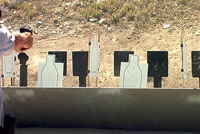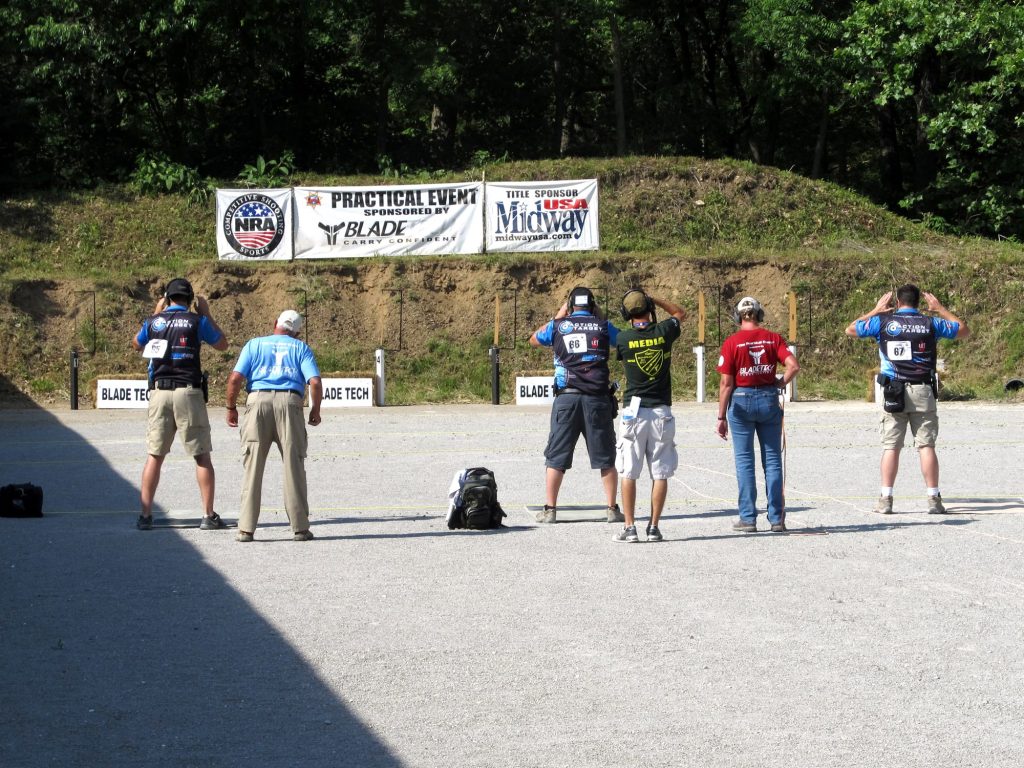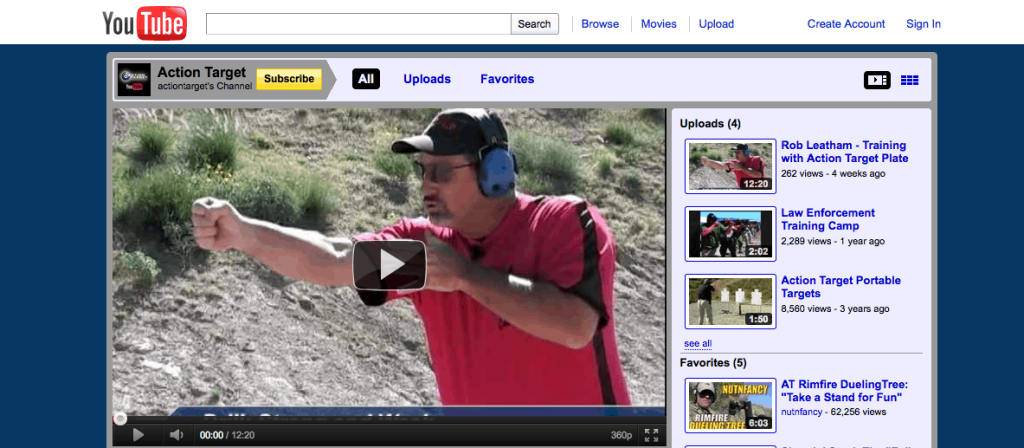Action Target Launches New Online Store
Action Target is pleased to announce the launch of a new online store. In an effort to make things more convenient and efficient for our customers, we have been working hard to improve our online store and to increase its functions. The new store not only looks better, but will hopefully make the purchasing and […]
Indoor vs. Outdoor Shooting Ranges: What You Should Know Before You Start Building

By Chris Hart, Action Target Range Consultant Everybody has their own preference when it comes to shooting ranges. Some people like the open-air feel of an outdoor range where they can shoot steel targets at 500 yards while others prefer the air conditioned comfort of indoor ranges where target distance can be controlled with the […]
Action Target at the 2012 Bianchi Cup

Action Target recently completed one more year as the official target sponsor of the Midway USA & NRA Bianchi Cup. The National Action Pistol Championship, now in its 33rd year, was held in Columbia, MO, and featured many of the world’s top shooters competing for the prestigious cup. Action Target provided products and services again […]
Range Project Spotlight: New Range In Pinellas County, Florida

The Pinellas County Sheriff’s Office will soon train in their new state-of-the-art outdoor baffled firing range. This new range includes Action Target’s high quality outdoor Total Containment Trap, with a Screw Conveyor collection method. Both innovative systems make recycling much easier by catching all fired bullets in one 55 gallon barrel.
The new outdoor baffled firing range has a variety of tactical target systems, creating a multitude of training scenarios and environments that increases the range’s ability to do more than simply “qualifying” police officers.
Why Train on Moving Targets?
Too much of our firearms training is static. That is to say, we seem to spend most of our time and ammunition shooting at single, motionless targets standing directly in front of us. Since this scenario has little to do with what we encounter on the street, why do we continue to train this way? One reason may simply be tradition, or “…because that’s the way we’ve always done it.” That’s not a good enough reason for me either, so what say we just forget that one. Other reasons might include: “We don’t have any moving target equipment” or, “We have enough trouble just getting our trainees to hit the targets that are standing still!” These are valid concerns, and in this article I hope to offer some suggestions and advice that will help you to overcome them both.